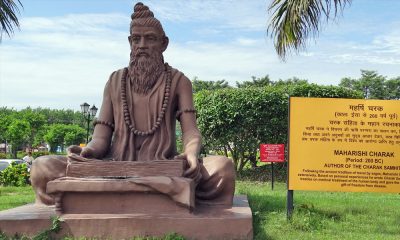

Referred to as the Father of Medicine, Charaka was born around 300 BC and was the court physician of the Buddhist King Kanishka.His renowned work, the...
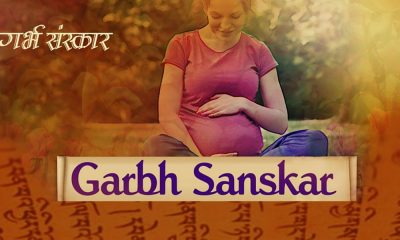

~ By Pallavi Tyagi The Sanskrit word Garbh means foetus in the womb and Sanskar means educating the mind. So, Garbh sanskar essentially means educating the...
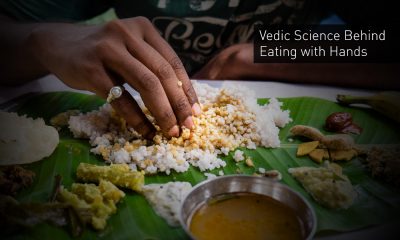

~Bri. Maya Tiwari In Vedic tradition, we eat with our hands because the five elements within them begin to transform food and make it digestible even...
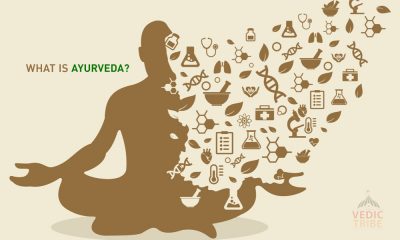

The Sanskrit term Ayurveda translates to “knowledge of life,” and the principles of this ancient wisdom remind us that the entire web of life is intricately...
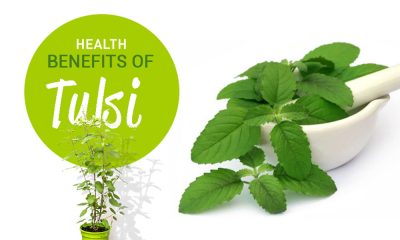

Referred as the “Queen of Herbs” and a symbol of purity, Tulsi or better known as Basil, is a popular household name in India. Worshipped in...


Neem tree has been described in Ayurveda’s prime text, the Charaka Samhita, as sarva roga nivarini (that which keeps all diseases at bay) or arishtha (reliever...


Turmeric, also known as Haridra in Sanskrit and Haldi in Hindi, is a powerful healing herb that has been used in Indian Ayurvedic system of medicine...


Yogic Practice of Concentration, Still Eyes, Still Mind Looking intently with an unwavering gaze at a small point until tears are shed, is known as trataka...


– By Swami Satyananda Saraswati, (Sure Ways to Self-Realization) Yoga Nidra is one of the most powerful methods, not only for inducing deep relaxation in a...
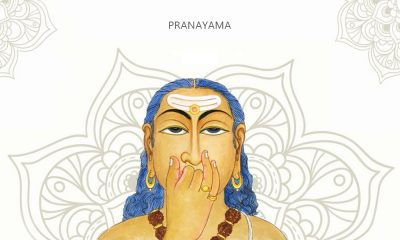

– By Patanjali Pranayama has the capacity of freeing the mind from untruthfulness, ignorance and all other painful and unpleasant experiences of the body and mind;...